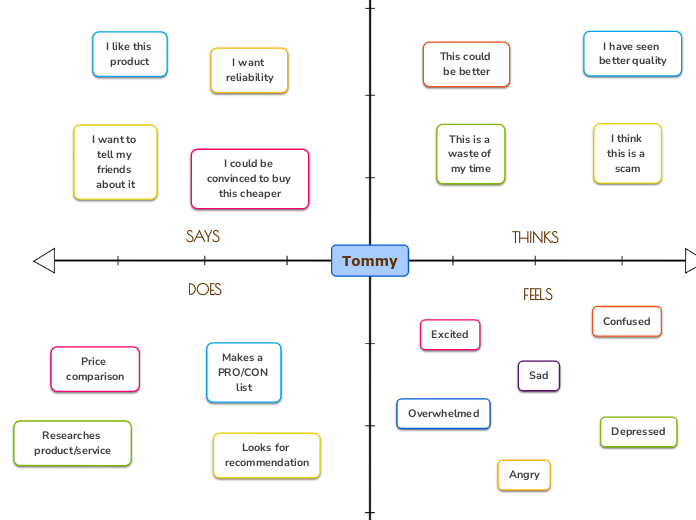af Humberto Vega 10 år siden
1115
Axolotls Humberto Vega 7a
The Axolotl, an aquatic salamander native to Mexico, is renowned for its external gills and inability to undergo metamorphosis, remaining in a larval form throughout its life. Historically found in the lakes of Chalco and Xochimilco near Mexico City, their natural habitat has significantly diminished, leading to their classification as an endangered species.









